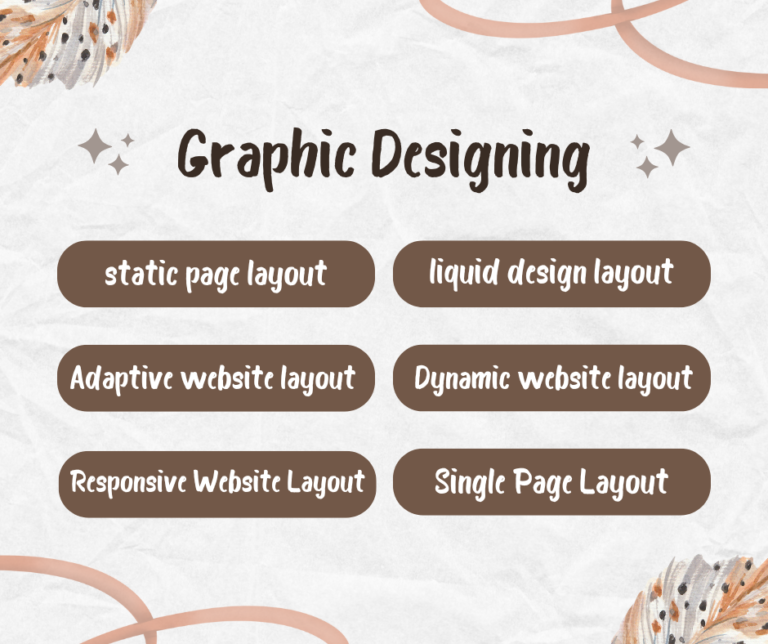Web design and web development are crucial aspects of creating a website, but they focus on different tasks. While web design is concerned with how a website looks and feels, web development ensures that it functions effectively. Let’s explore the differences between the two, their roles, and how they work together to create a successful and functional website.

What is Web Designing?
Web designing focuses on the visual and aesthetic aspects of a website. It involves creating an appealing look and ensuring that users can interact with the site effectively. Web designers strive to make the website visually attractive, user-friendly, and consistent with the brand’s identity.
Key Responsibilities of a Web Designer
Layout Design:
– Create blueprints for the arrangement of text, images, and buttons on each page.
– Ensure consistency throughout the website.
Color Schemes and Typography:
– Choose colors that represent the brand and evoke specific emotions.
– Select readable fonts that enhance user experience.
User Experience (UX):
– Design the website to be intuitive and easy to navigate.
– Ensure that users can quickly find what they are looking for.
User Interface (UI):
– Design buttons, forms, and interactive elements that users engage with.
– Make the website responsive for different devices (mobile, tablet, desktop).
Tools Used by Web Designers
Graphic Design Software: Adobe Photoshop, Figma, Adobe XD, or Sketch for creating layouts and mockups.
HTML and CSS: For basic website styling and structure.
Wireframing Tools: Tools like Balsamiq or Axure to create rough drafts of website designs.
What is Web Development?
Web development is focused on building and maintaining the functionality of a website. It ensures that all the visual elements designed by web designers operate smoothly and that the website performs efficiently.

Key Responsibilities of a Web Developer
Front-End Development:
– Code the visible parts of a website that users interact with.
– Use languages like HTML, CSS, and JavaScript to implement the design.
– Ensure responsiveness so the website works on all screen sizes.
Back-End Development:
– Handle the server, database, and application logic.
– Write code that manages how data is stored, retrieved, and displayed.
– Use languages like PHP, Python, Ruby, or Node.js.
Database Management:
– Manage the data stored on the website, such as user accounts, product information, or blog posts.
– Use databases like MySQL, PostgreSQL, or MongoDB.
Testing and Debugging:
– Ensure the website is free of errors and runs smoothly.
– Fix bugs or issues that may arise during use.
Tools Used by Web Developers
Text Editors: Visual Studio Code, Sublime Text, or Atom for writing code.
Version Control Systems: Git and GitHub to manage changes in the codebase.
Frameworks and Libraries: Bootstrap, React, Angular, or Laravel for quicker development.
Conclusion
Web design and web development are equally important for creating a successful website. While designers focus on creating a visually appealing and user-friendly interface, developers ensure that the website functions smoothly and fulfills its purpose. Together, they bring websites to life, combining beauty and functionality to provide an outstanding user experience. Whether you’re planning to build a website or pursue a career in this field, understanding these roles will help you make informed decisions and achieve your goals.